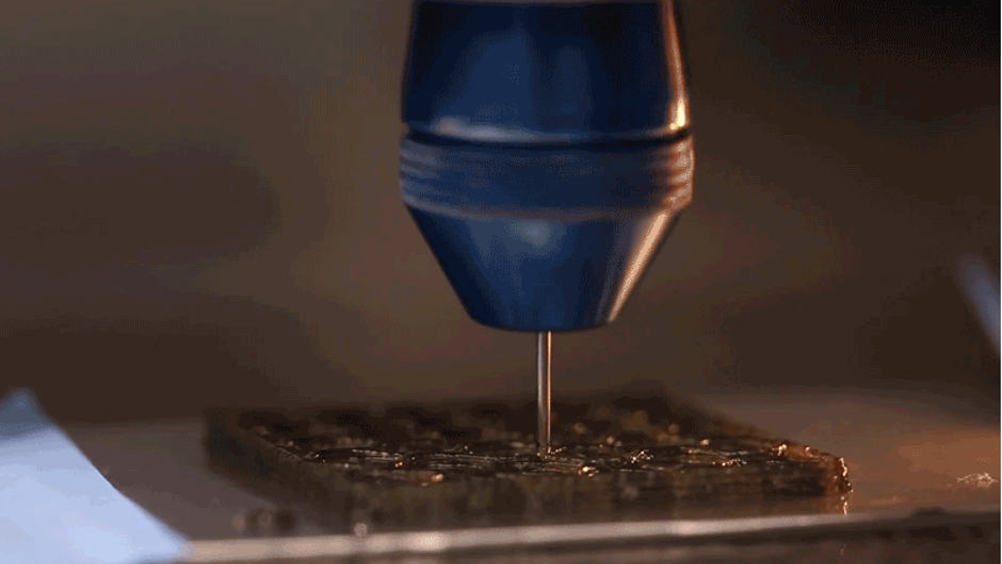Rotational 3D printing precisely aligns fibres for high strength materials

Researchers at Harvard University have used rotational 3D printing to create structural materials that are optimised for strength, stiffness, and damage tolerance.

The team at the Harvard John A Paulson School of Engineering and Applied Sciences (SEAS) has shown that their method yields unprecedented control of the arrangement of short fibres embedded in polymer matrices.
According to Harvard University, the modular nature of the ink designs means that many different filler and matrix combinations can be implemented to tailor electrical, optical, or thermal properties of the printed objects.
"Being able to locally control fibre orientation within engineered composites has been a grand challenge," said the study's senior author, Jennifer A Lewis, Hansjorg Wyss Professor of Biologically Inspired Engineering at Harvard SEAS. "We can now pattern materials in a hierarchical manner, akin to the way that nature builds."
The work, described in PNAS, was carried out in the Lewis lab at Harvard. Collaborators included former postdoctoral fellows Brett Compton, now Assistant Professor in Mechanical Engineering at the University of Tennessee, Knoxville, and Jordan Raney, who is an Assistant Professor of Mechanical Engineering and Applied Mechanics at the University of Pennsylvania; and visiting PhD student Jochen Mueller from ETH Zurich.
Register now to continue reading
Thanks for visiting The Engineer. You’ve now reached your monthly limit of news stories. Register for free to unlock unlimited access to all of our news coverage, as well as premium content including opinion, in-depth features and special reports.
Benefits of registering
-
In-depth insights and coverage of key emerging trends
-
Unrestricted access to special reports throughout the year
-
Daily technology news delivered straight to your inbox










Water Sector Talent Exodus Could Cripple The Sector
Maybe if things are essential for the running of a country and we want to pay a fair price we should be running these utilities on a not for profit...